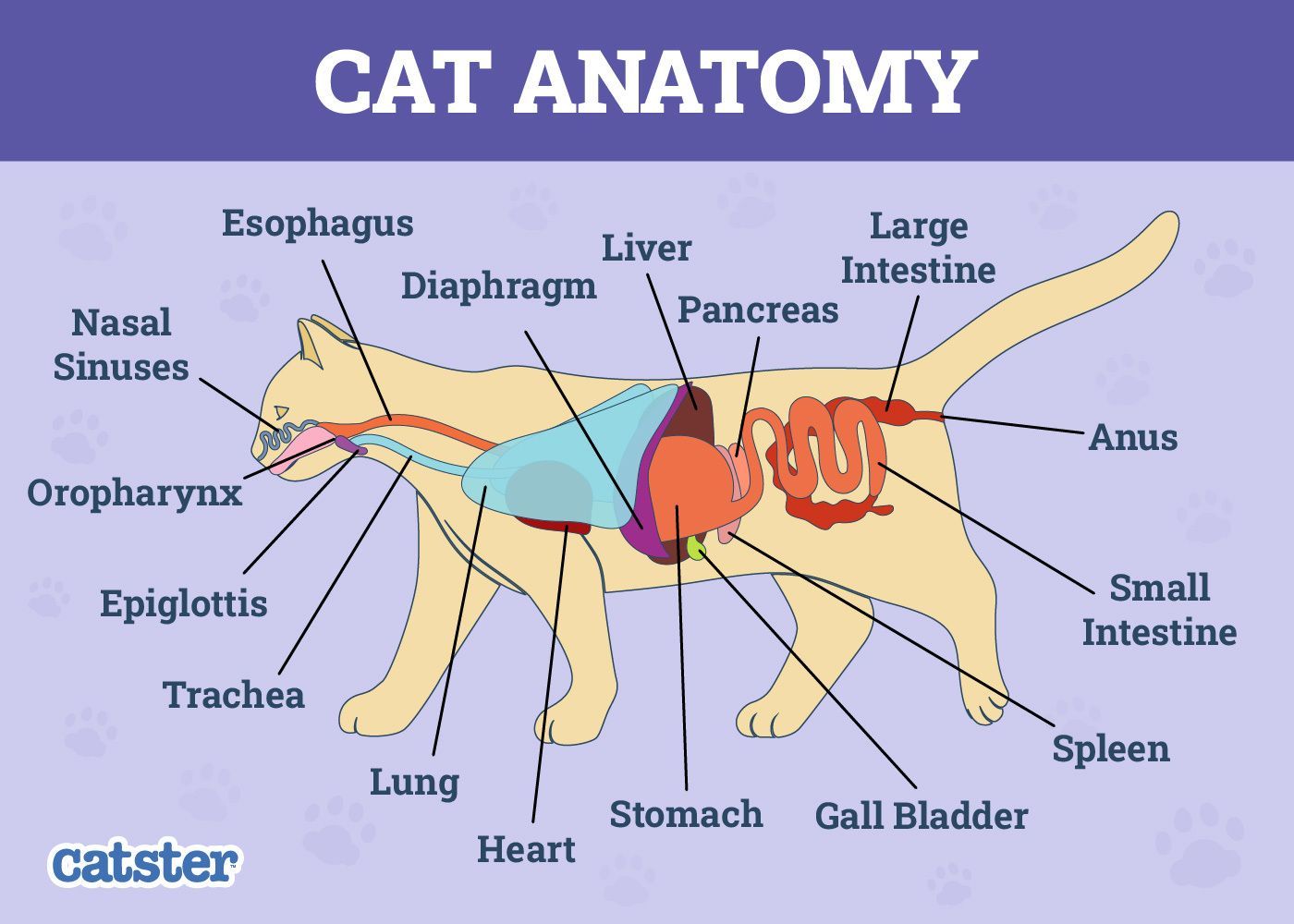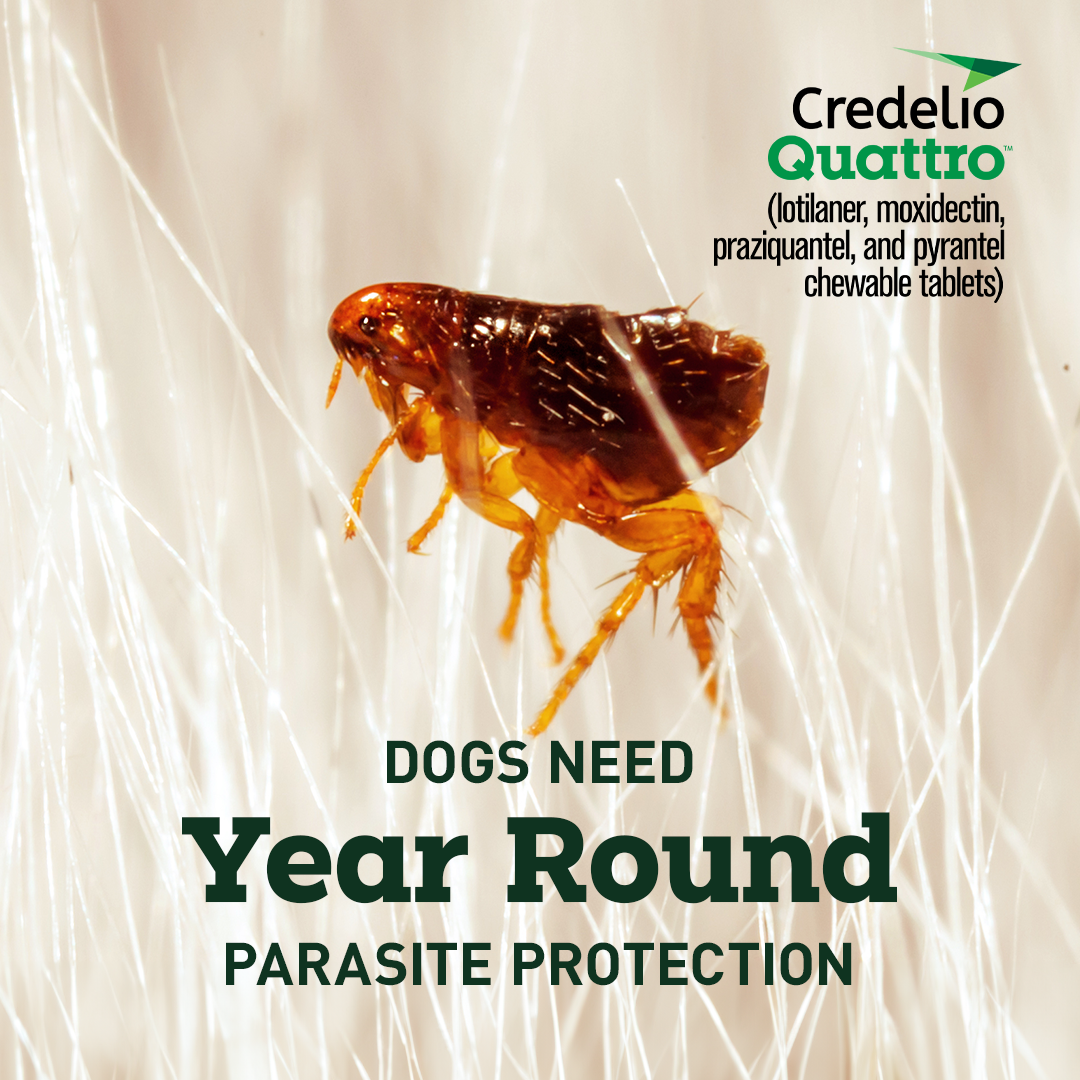Your Pet Looks Healthy—But Are They? Why Annual Testing Is So Important
Why We Recommend Annual Bloodwork and Parasite Testing for Your Pet

As your pet’s healthcare team, our goal is to help them live a long, healthy, and happy life. One of the most important ways we do that is through annual bloodwork and parasite testing—even if your pet seems perfectly healthy.
Just like in human medicine, routine lab testing allows us to catch hidden health problems early, often before your pet shows any symptoms. Early detection means more effective treatment, better outcomes, and often lower long-term costs for care.
What We Learn from Bloodwork
Annual bloodwork provides a detailed look at your pet’s internal health. It’s made up of two main parts: a Complete Blood Count (CBC) and a biochemistry panel.
Complete Blood Count (CBC)
A CBC evaluates the cellular components of your pet’s blood, including:
- Red blood cells (RBCs)
– These carry oxygen throughout the body. Abnormalities may indicate anemia, dehydration, or other systemic diseases.
- White blood cells (WBCs)
– These are the body’s infection fighters. Too many can indicate infection or inflammation; too few can suggest immune suppression or bone marrow issues.
- Platelets – These help with blood clotting. Low platelet counts can cause bleeding issues, while high counts can signal inflammation or other conditions.
The CBC gives us a picture of your pet’s overall immune status and helps identify infections, inflammation, or blood disorders.
Chemistry Panel: Checking Internal Organ Function
This portion of the bloodwork looks at how well your pet’s organs are working. Some of the key values include:
- Liver function tests (ALT, ALP, bilirubin, etc.) – The liver filters toxins, metabolizes medications, and supports digestion. Abnormal values may indicate liver disease, infection, or damage from toxins or certain medications.
- Kidney function tests (BUN, creatinine, SDMA) – The kidneys filter waste and regulate hydration. Elevated values can indicate early kidney disease, dehydration, or other metabolic issues.
- Pancreatic values (amylase, lipase, sometimes specific pancreatic lipase tests) – These help us detect pancreatitis or other digestive problems that can cause pain, vomiting, or appetite changes.
- Thyroid levels (T4) – The thyroid regulates metabolism. Low levels (hypothyroidism) are common in dogs and can lead to weight gain, lethargy, and skin issues. High levels (hyperthyroidism) are common in older cats and can cause weight loss, hyperactivity, and heart problems.
- Urinalysis – Often performed alongside bloodwork, this test gives us additional information about kidney health, hydration, diabetes screening, and urinary tract issues.
Fecal PCR Testing
Traditional fecal tests look for parasite eggs under a microscope, but fecal PCR testing (polymerase chain reaction) uses advanced DNA technology to identify even small amounts of genetic material from intestinal parasites, including roundworms, hookworms, whipworms, coccidia, Giardia, and more.
This method is more accurate and sensitive, meaning we can detect infections that may be missed on a routine fecal float. Regular fecal testing helps keep your pet and your household safe—since some parasites can also infect people.
Heartworm and Tick-Borne Disease Testing
Heartworm disease, spread by mosquitoes, is a potentially fatal condition that damages the heart and lungs. Even pets on prevention can occasionally be exposed or miss a dose, which is why annual testing is essential. Early detection allows treatment before permanent damage occurs.
Many of our annual screening panels also test for tick-borne diseases such as:
- Lyme disease
- Ehrlichiosis
- Anaplasmosis
Ticks can transmit these infections without you ever seeing them attached. Testing helps us identify hidden infections before they cause serious illness.
Prevention Is the Best Medicine
Annual testing gives us a baseline for your pet’s normal values and helps us spot trends or changes over time. Combined with routine physical exams, vaccinations, and parasite prevention, this proactive approach helps your pet stay healthy for years to come.
Even if your pet seems perfectly fine, remember—they can’t tell us when something feels off. Routine bloodwork and parasite screening are the best tools we have to listen to what’s going on inside.
Schedule Your Pet’s Annual Screening
If your pet is due for their annual checkup, now is the perfect time to schedule their wellness exam, bloodwork, and parasite testing. Early detection means a healthier, happier life for your best friend—and peace of mind for you.
Call us at 256-870-2092 or request an appointment online today!







Share On: